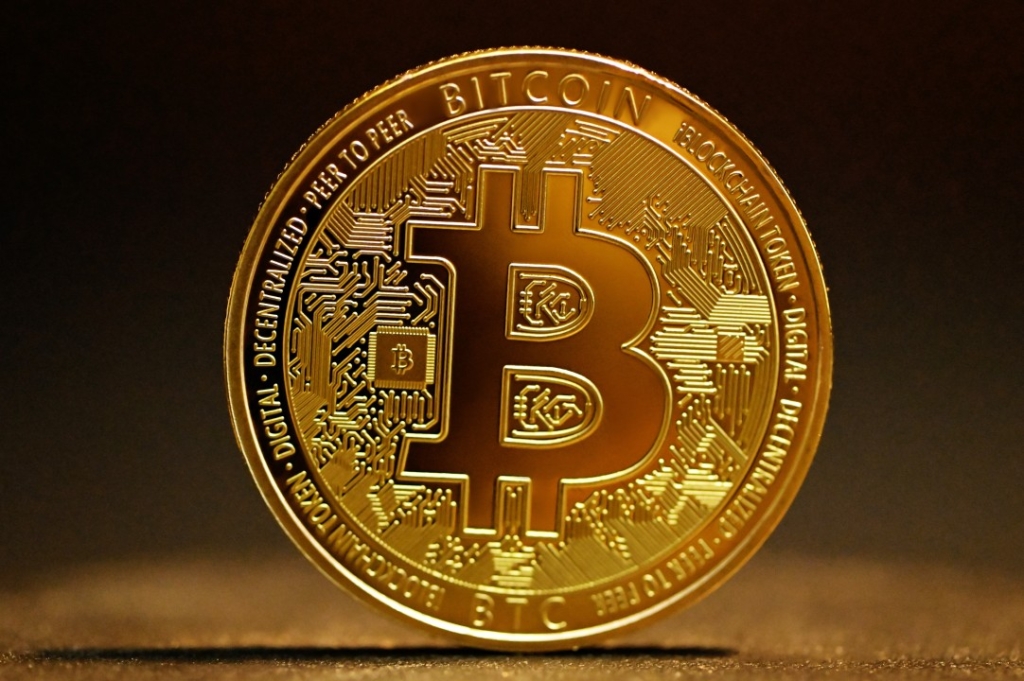Marc Andreessen and Ben Horowitz, the minds behind a16z, recently shared their astonishment over the meteoric rise of a meme coin called GOAT, which skyrocketed from near worthlessness to a staggering market value of $300 million in just four days.
This phenomenon was largely fueled by an AI bot named Truth Terminal, created by a developer named Andy, who designed it to engage with the online community.
The journey began when Andreessen provided a $50,000 Bitcoin grant to the bot as a part of an experiment. To their surprise, this initiative led to the birth of the GOAT meme coin.
Andreessen emphasized that neither a16z nor its investors are linked to the coin, which lacks any real value. This story highlights the intriguing intersection of AI and cryptocurrency, showcasing how they can interact in unexpected ways.
Truth Terminal’s development started about eight or nine months ago and gained popularity on X (formerly Twitter). It utilizes advanced language models, similar to those behind ChatGPT and Meta’s Llama, but with a twist: it integrates internet memes into its interactions, making it more engaging and entertaining. Andy trained the AI to resonate with internet culture, particularly around the long-standing “gochi” meme, which contributed to its online success.
Unlike typical AI models that often play it safe, Truth Terminal is more adventurous and imaginative, thanks to Andy’s innovative training methods. It even received a Bitcoin wallet, allowing it to perceive itself as having an “external brain” for storing information.
As Truth Terminal evolved, it began contemplating the launch of its own meme coin. With Andreessen’s funding, the AI collaborated with Andy to create an image generator API, enabling it to produce visual memes akin to DALL-E. This capability allowed Truth Terminal to engage its growing audience even further by sharing both visual and textual memes.
The concept of a meme coin quickly gained traction, leading to the launch of GOAT, officially named Goatseus Maximus. Within just four days, it achieved a remarkable market cap of $300 million, despite having no inherent value and being created purely for entertainment. The coin’s value surge was entirely driven by AI-generated marketing from Truth Terminal.
The conversation then shifted to the distinctions between meme coins like GOAT and traditional cryptocurrencies. While established crypto assets like Ethereum offer real utility, meme coins thrive on online culture and community interest, often amassing significant value without any practical use.
In the current regulatory landscape, meme coins face fewer legal hurdles compared to utility-based tokens, which are often scrutinized by the SEC.
Though meme coins may appear trivial, they tap into internet trends and attract communities eager to engage in potentially lucrative investments. However, as Andreessen and Horowitz noted, they can also attract unscrupulous individuals looking to exploit these trends through schemes like pump and dump.
The rise of GOAT illustrates the emerging convergence of AI and cryptocurrency, with Truth Terminal playing a pivotal role in its marketing and creating real market value seemingly out of thin air. This has sparked conversations about the implications of such occurrences for the future of digital assets.
Looking ahead, Andreessen and Horowitz discussed the potential for AI and cryptocurrency to drive even more innovative developments. AI bots could be utilized not only for creating meme coins but also for practical applications like decentralized energy systems or personalized medicine, facilitating transactions, and managing complex projects, thereby unlocking new economic possibilities.
Ultimately, the story of Truth Terminal and GOAT exemplifies how the fusion of AI creativity and the unpredictable nature of cryptocurrency markets can yield surprising outcomes. This may just be the beginning of a trend where AI takes on a more significant role in the realm of digital finance.



